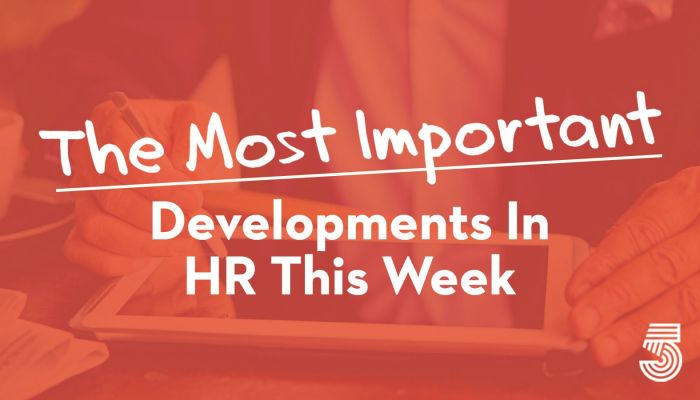The M.I.D., as we call it, is curated by our editorial team from more than 50 news sources. Like a lot of good ideas, this started as something I wanted for myself. If I can’t read everything, I at least want to stay abreast of the most important developments.
This week in HR, Fast Company debated the fairness of side hustles, an HR VP at Prudential explained the art of transformation, unwritten culture rules were called out, re-recruiting employees got a shout out, and just-in-time learning was kicked up a notch by AI.

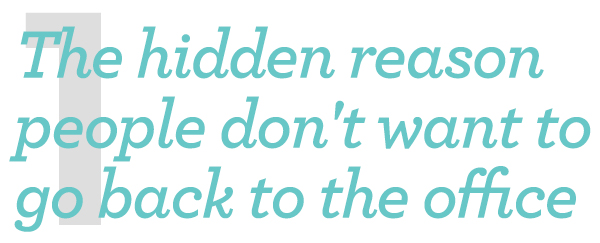
The Wall Street Journal recently published an article showing that some “homers” — those who eschew the office and prefer to work from home — have a secret: They have two jobs. The demands of working a full-time job from home were apparently not enough to prevent some from taking on an extra one. How is this possible? Maybe it is the lack of supervision. Remote is hard to manage, much less lead. Virtual leadership is a mystery. The nature of remote work allows for minimally acceptable performance and weak enforcement means. There is no readily available mechanism for supervisors to insist on excellence or assign ancillary tasks. And, there’s no compelling evidence that remote work is as productive as office work. Remote workers can phone (Zoom) it in. If people with well-paid remote jobs can pull moonlighting off, why not seek another job? Why not increase income? That’s only rational. Self-interest is a powerful motivator. Fast Company
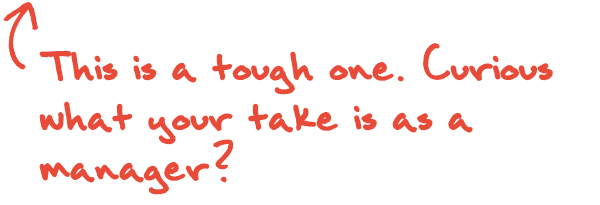
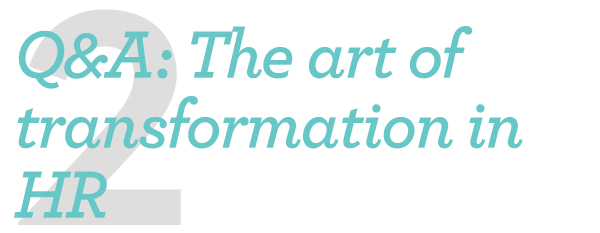
Transformation is more than a buzzword in business today. The pandemic brought great change to every aspect of life, and Human Resources was not exempt. Even before COVID-19, HR leaders were contending with advances in technology and changes in the values among new generations of workers. These challenging times demand leaders who are forward thinking, empathetic, and decisive. It also helps to understand what it really means to transform and be agile. These are terms people throw around but rarely take the time to truly understand. Recently, HR Exchange Network interviewed Shradha Prakash, the Vice President, Future of Work in Org Design, for Prudential Financial, about transformation and innovation. She will be presenting “Fireside Chat: Rethinking Organizational Design and Transformation” at the HR and Future of Work online event, which is free to join. Discover what Prakash has to say about transformative leadership and connecting innovation to the employee experience. HR Exchange Network

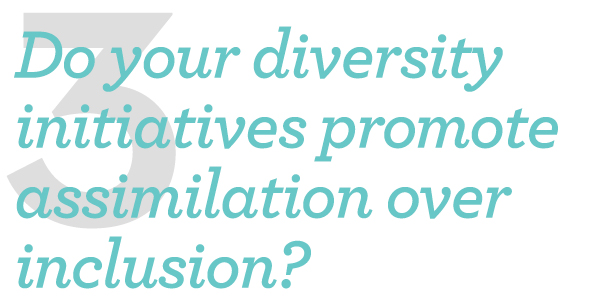
It’s time to rethink your expectations around assimilation. Assimilation means absorbing the cultural traditions of a population or a group, and every one of us makes decisions to assimilate or not assimilate in the workplace. Nearly all companies have implicit and explicit expectations of “professional” assimilation in the workplace when it comes to language, behavior, or processes. A great example of a realistic and healthy expectation of assimilation is when a company asks employees to be on time. When there is a vital need for assimilation to achieve a meaningful outcome, it is important for an organization to be transparent and clear about the need to assimilate and why. For example, some organizations might set strict policies for dress code, whereas others might have unspoken rules about appropriateness, leaving the burden on employees to interpret what will and will not be acceptable. Assimilation becomes a huge problem when the expectation falls primarily on the shoulders of those whose backgrounds are underrepresented and these expectations for assimilation have been unclear or unspoken from the beginning. HBR
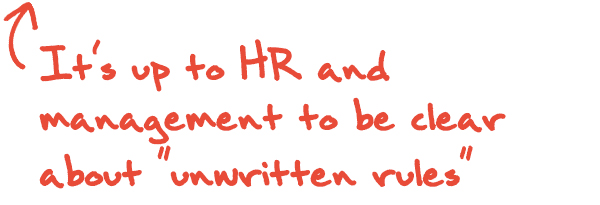
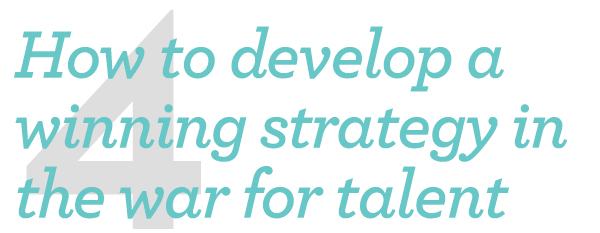
To succeed in competing for talent, a key talent acquisition strategy is to adopt a candidate-centric mindset. A candidate-centric mindset means understanding the needs and preferences of your critical talent segments — which are rapidly changing due, in part, to COVID-19. Companies that win the war for talent will seek to understand how the workforce is evolving and create a consumer-grade candidate experience. And this doesn’t just include new hires; adopt the same mindset with existing employees in the effort to retain talent. Several workplace trends that were in place before the pandemic have escalated and are clearly here to stay: The “whole self” personal brand, enormous interest in growth opportunities, transparency through process, COVID’s impact on work/life needs, a stronger desire for flex time, and more. A few tips to represent your company in a competitive way: Meet applicants where they are, be authentic, address their experience through the entire pipeline, compete on compensation but not just money and re-recruit your employees regularly. HR Executive

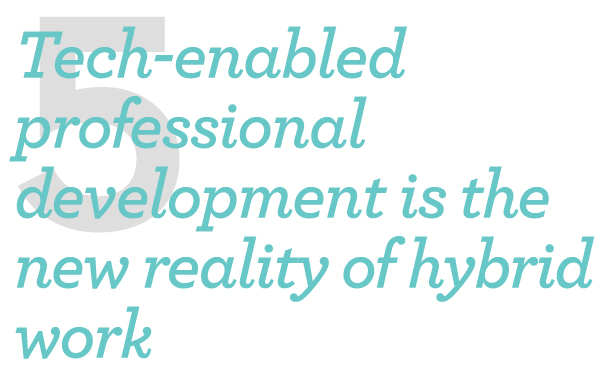
Survey after survey has shown that remote and hybrid work has made people both happier and more productive. And more than half of high-growth companies have already adopted hybrid work models. But while remote work’s short-term impact on our well-being is clear, its long-term impact on career development is more uncertain. A recent survey found that a third of employees believe the pandemic has made it harder for them to find opportunities for professional growth. This challenge is not lost on executives, either: 61% of them said that online options for company training programs are still not available. Employers need to find ways to quell these concerns quickly, partnering with managers to ensure employees have what they need to be productive at work and continue to grow. This is one area where technology can play a significant role. New AI tools help companies deliver learning materials to employees directly in the flow of their work, so they get help when and where they need it, not months before. Training Magazine







